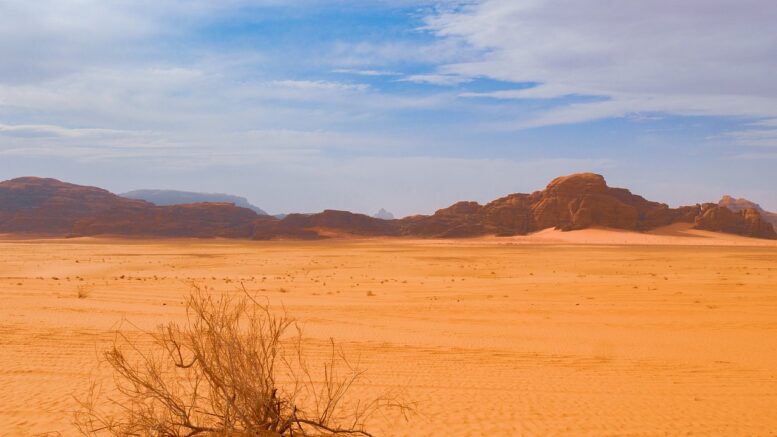If temperatures were to rise in the Middle East by a significant average how would the local population cope?
The first would be an increased shift towards renewable energy. Solar power is highly relevant to the climactic conditions of much of the Middle East, which has large deserts and where both PV and CSP installations thrive.
Expanding desalination plants, coupled with efficient water use and recycling systems, would be crucial to ensure a stable water supply. Desalination can be carried out using renewable sources which offers benefits over the popular choice of nuclear power for helping to provide for the water needs of the region.
Renewable energy sources like solar and wind would not only provide sustainable power but also reduce the heat generated by conventional energy production.
Public health strategies, such as establishing cooling centers and enhancing healthcare infrastructure, would protect vulnerable populations from heat-related illnesses.
The agricultural sector could adapt by adopting drought-resistant crops and advanced farming techniques, such as hydroponics and vertical farming, to conserve water and protect yields.
Economic diversification and the development of social safety nets would mitigate the impact of extreme heat on livelihoods. Technological innovations, including climate engineering and smart city technologies, could offer additional solutions.
Regional cooperation on water sharing and international aid would be vital for implementing best practices in climate adaptation.
On the speculative end, future cities could even be built in “domes” using AI that would help manage the water and heat needs of large populations and that would be more resilient to working in difficult conditions where humans currently struggle.

Be the first to comment on "How could the Middle East survive in conditions of extreme heat?"